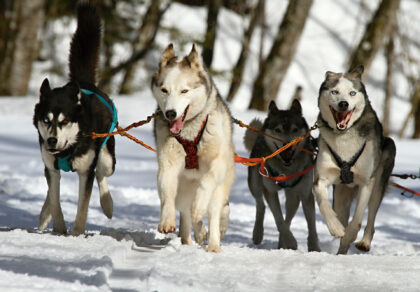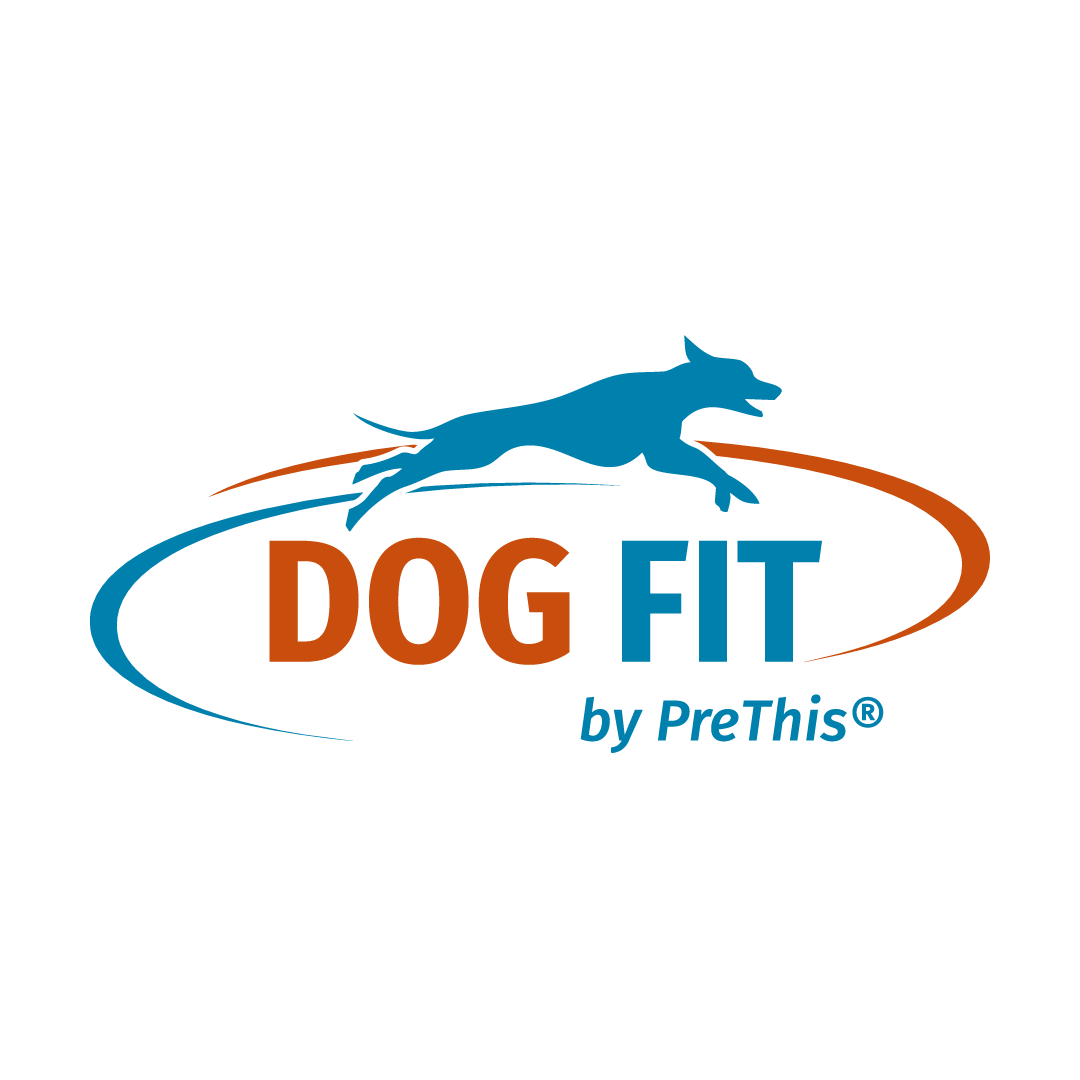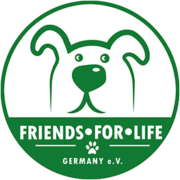 More and more dog owners are now becoming aware that for many dog breeds it is not enough just to lie on the sofa as a family dog or even to lounge around in the garden as a farm dog. That’s why many dog lovers use dog sports to exercise their four-legged friend appropriately. In addition to the more well-known sports, such as protection dog training, agility, disc dogging and the like, a relatively new dog sports trend is increasingly coming to the fore in this country: pulling dog sports. Whether jogging, cycling, a Sacco Cart or a special dog scooter – it’s not just huskies who enjoy pulling work. Reason enough to give you a brief overview of the pulling dog sport!
More and more dog owners are now becoming aware that for many dog breeds it is not enough just to lie on the sofa as a family dog or even to lounge around in the garden as a farm dog. That’s why many dog lovers use dog sports to exercise their four-legged friend appropriately. In addition to the more well-known sports, such as protection dog training, agility, disc dogging and the like, a relatively new dog sports trend is increasingly coming to the fore in this country: pulling dog sports. Whether jogging, cycling, a Sacco Cart or a special dog scooter – it’s not just huskies who enjoy pulling work. Reason enough to give you a brief overview of the pulling dog sport!
Why pull dog sports of all things?
Mushing, the technical term for the dog sport, comes from a time and a region in which the snow-covered, undeveloped landscape could only be reached with the help of dog teams. This form of work was almost innate to the dog: close cooperation in the pack and with the handler, long running distances and opportunities for exercise corresponded to the dog’s natural needs. Nevertheless, pulling dog work remained a marginal phenomenon for a long time: in warmer climes, dogs were occasionally seen pulling carts, but otherwise they received little attention. It was only in more recent times, when the topic of species-appropriate exercise and activity for the family dog became more and more important, that pulling dog sport was discovered by a wider audience.
And that’s a good thing: In contrast to other dog sports, which are usually limited to a certain aspect, be it cooperative behavior, obedience, skill, speed or similar, pulling dog sports are broader. On the one hand, the dog has the opportunity to use its innate joy of running and to live out its species-typical instinct to run and rush within a sensible framework. On the other hand, close cooperation with the dog handler is required, which strengthens the human-dog team. If the dog is allowed to run in a team, the need to interact with other dogs is also fulfilled. The training can be geared towards endurance or speed; depending on the type of pulling sport chosen, both the terrain and the urban space can be used, and the dog’s head and body are always equally challenged. The combination of these many aspects gives pulling dog sport the potential to become a truly popular sport.
Train dog sport – only for huskies?
When you hear about dog pulling, you usually automatically think of huskies and similar breeds – doing pulling work with a “normal” dog is sometimes viewed with suspicion by outsiders. In fact, sled dogs have been bred over a long time to become perfect draft dogs: eager to run, persistent, robust and always enthusiastic when working in a team, huskies and other northern dogs in particular are typical of the draft dog sport. However, one should not forget that northern dogs in this country have to struggle with other problems: their thick fur, which protects them on the cold nights in their areas of origin, actually causes them to overheat and therefore only perform to a limited extent. But that’s not the only reason why the draft dog scene is increasingly opening up to other breeds, and is already breeding European sled dogs, and some of the larger hunting dog breeds, such as German Wirehaired Pointers and Pointers, have also proven to be very suitable. Strictly speaking, almost every dog of a certain size is suitable for pulling dog work and pulling dog sport is ideal for giving dogs the opportunity to live out their innate urge to move.
There is, however, no fixed rule of thumb as to how big or how heavy a dog has to be for pulling dog sport: here, among other things, the selection of the pulling port variant, as well as the vehicle chosen, the weight of the dog handler, and whether several dogs pull in a team decide should or just one alone and other individual factors.
However, for the dog’s well-being, certain basic characteristics must be met: As mentioned, these include, among other things, a certain size and physical strength that make it possible for the dog to do pulling work – even if it is highly motivated, a Chihuahua will probably never be a master can pull on their own.
Of course, the dog should also be fully grown so that the joints in particular have achieved a certain basic stability before they are put under strain. Be careful if you have a tendency to Illnesses in dogs such as arthrosis, Hip joint dysplasia or similar: It is advisable to first consult with the treating veterinarian before starting any pulling dog sport. In addition, it makes sense to strengthen the joints under strain through the targeted administration of high-quality food supplements so that the dog can enjoy sport together for a long time. Our Joint products for dogs, are the first choice for dog athletes. The dog’s cardiovascular system should also be checked before starting training to be on the safe side to ensure that it is physically capable of to do pulling work.
What do you need for pulling dog sports?
To be able to practice pulling dog sports, a suitable dog alone is of course not enough. In any case, you need a special pulling harness that distributes the load evenly across the body in a way that protects your health, as well as an elastic, shock-absorbing leash. In addition, when selecting the train transport variant, an appropriate train vehicle must be chosen: The choice is large and should be made with regard to the suitability and training level of the dog and owner. Below we will introduce you to the most common variants.
Canicross
Canicross is an increasingly popular variant of the pulling dog sport in which the dog and owner travel as a team across the terrain, connected by an elastic pulling leash. On one side this is attached to the dog’s harness and on the other to the human’s harness. Equipped in this way, we then head off into the terrain, with the dog taking over a large part of the forward pull, which means that astonishing speeds of up to 30 km/h can be achieved.
Canicross is also a good introduction to pulling dog sport, to introduce the dog to pulling work in its easiest form, to practice common commands and to grow together as a team.
Bikejoring
In bikejoring, the dog is attached to a special antenna on the edge using a pulling harness and shock-absorbing leash. This prevents the line from being pulled into the wheel, which could lead to serious accidents. The dog takes the train in front of the bike, while his human can support him by pedaling – this means the desired training effect can be easily controlled and overload can be counteracted. As with the other towing sports variants, it is also advisable to attach a so-called panic snap for bikejoring, i.e. a device that allows the dog and the towing vehicle to be separated quickly and easily in an emergency. Bikejoring has now become known in this country as an active competitive sport that is finding an ever-growing fan base.
Dog scooter
Dog scooter driving and bikejoring only differ in a few points: On the one hand, the dog scooter is a special, particularly stable and large scooter with a low center of gravity, instead of a normal bicycle. On the other hand, the dog can be less burdened by the scooter than when riding a bike, which is why the tensile load is higher: Instead of constantly pedaling, with the dog scooter it is more the case that the dog is worked slightly against the brake. The dog scooter also needs an antenna for attachment, as well as a good pulling harness and a shock absorber line, and ideally also a panic snap for emergencies.
Pulling with the dog scooter is also now a recognized competitive sport with fixed racing rules and is suitable with expert instructions but also for regular exercise of the dog in hobby areas.
Kickspark
Traction dog sport as such is derived from the sled dog scene – the desire to enjoy the winter together with the dog is therefore still great among many pulling dog sport fans. Since serious rapid cases do not always occur depending on the region, the Kickspark sled has also become established in this country, a lightweight sled variant that can be pulled by just one dog and even in light snow or icy conditionsrgrund has good sliding properties. A suitable brake mat is absolutely necessary for this variant, as the Kickspark does not have an integrated braking device.
Sacco Cart, Trike, Sulky and Co
In addition to the companions mentioned, there are also numerous other train companions for dog sports: For example, the Sacco Cart is primarily suitable for strong, strong dogs and teams. It is a four-wheeled vehicle on which the dog handler sits and does not have the opportunity to actively support his dog(s). Also worth mentioning is the two-wheeled sulky, which is similar to a horse sulky, only lighter and smaller, or the trike, a three-wheeled variant on which the dog handler stands.
There are also a variety of lesser-known train companions whose individual naming would go beyond the scope. The good thing about the large selection is clearly that anyone interested can find a vehicle that is well suited and suits the needs and abilities of their dog.

The content of the articles is for general information purposes only and does not replace diagnosis or treatment by a veterinarian. Reviews or testimonials are individual reports from verified customers. This information does not constitute medical advice and should not be understood as such.
Our daily inspiration comes from the special moments with our dogs. Here we share this enthusiasm and invite you to become part of the DOG FIT community on our social media channels.


Leave a Reply